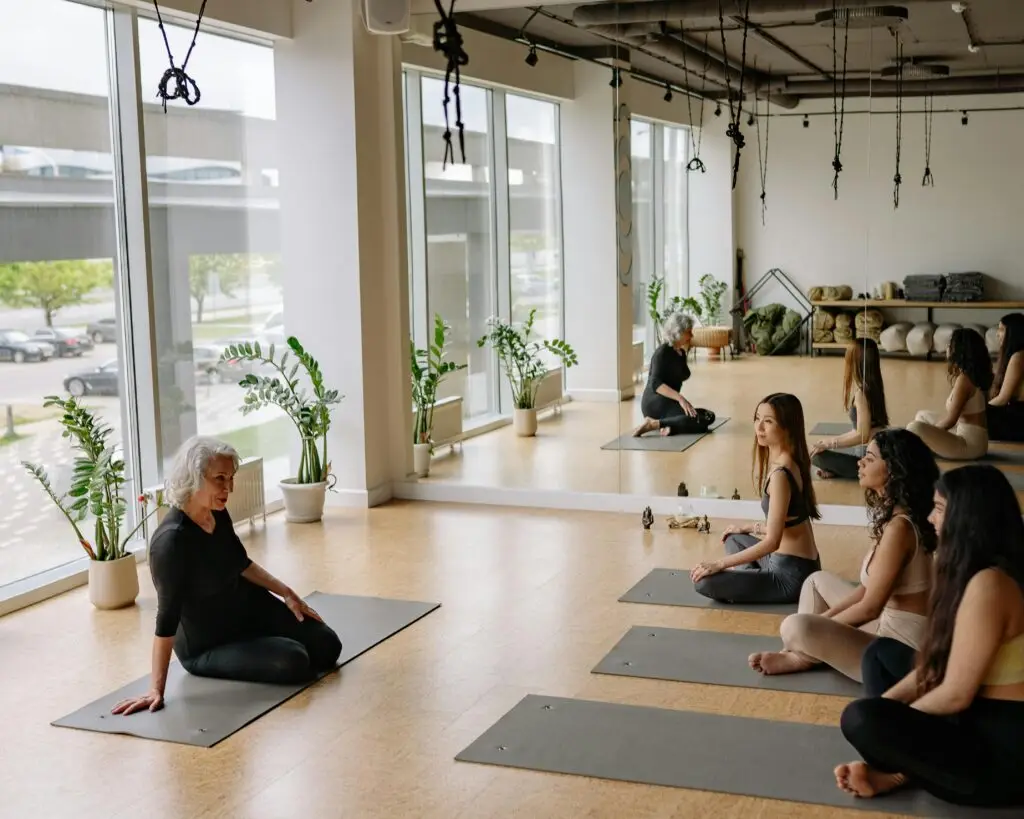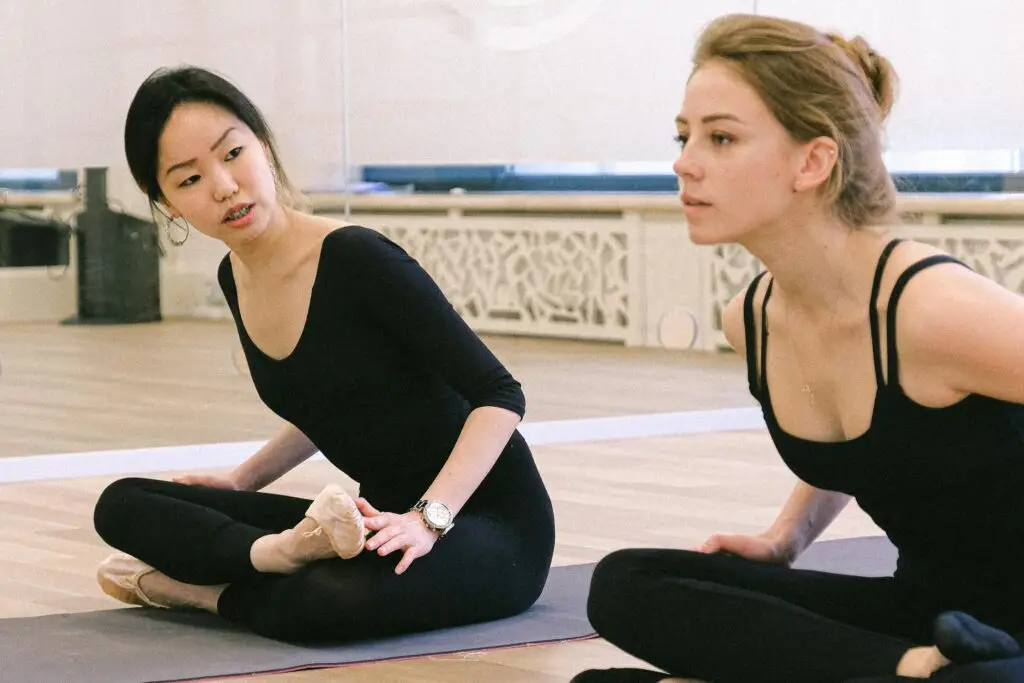
As a new yoga teacher, preparing for classes can often feel time-consuming and overwhelming. Efficient planning is crucial to ensure you provide valuable and engaging sessions for your students while managing your time effectively. This article offers practical time-saving tips for yoga class preparation, helping you streamline the process and teach with confidence.
Organizing Your Teaching Resources
Efficient organization of your teaching resources can significantly reduce the time spent on class preparation. Having everything you need in one place allows you to quickly access sequences, cues, and modifications without rummaging through piles of notes or multiple books.
Creating a Resource Library
A resource library is a centralized collection of your teaching materials. This can include printed sequences, digital files, books, and props. Organize your library by categories such as beginner sequences, advanced sequences, breathing exercises, and meditation scripts.
Tips for Organizing a Resource Library:
- Use binders with labeled tabs for different categories.
- Keep digital files organized in clearly labeled folders on your computer or cloud storage.
- Regularly update your library with new sequences and teaching materials.
Using Pre-Made Class Plans
Pre-made class plans are an excellent way to save time while ensuring your classes are well-structured and balanced. Resources like No Prep Yoga Plans offer comprehensive guides with ready-made sequences, allowing you to focus more on teaching and less on planning.
Benefits of Pre-Made Class Plans
Using pre-made class plans can help you feel more confident and prepared. They provide a solid foundation that you can customize to suit your students’ needs. These plans often include warm-ups, main sequences, and cool-downs, ensuring a complete and cohesive class.
How to Use Pre-Made Class Plans:
- Select a plan that aligns with your class theme or objective.
- Customize the plan by adding or modifying poses to fit your students’ abilities.
- Practice the sequence yourself to become familiar with the flow and transitions.
Leveraging Technology
Technology can be a valuable tool in streamlining your class preparation process. There are numerous apps and online platforms designed specifically for yoga teachers, offering features like sequence builders, class timers, and meditation scripts.
Apps for Yoga Teachers
Using apps designed for yoga teachers can save you time and help you stay organized. Some popular apps include Yoga Sequence Builder, Yoga Teacher Toolkit, and Insight Timer. These apps provide pre-made sequences, customizable templates, and meditation guides, making class preparation more efficient.
Recommended Apps for Yoga Teachers:
- Yoga Sequence Builder: Create and save custom sequences with ease.
- Yoga Teacher Toolkit: Access a library of sequences, breathing exercises, and class themes.
- Insight Timer: Find guided meditations and relaxation scripts for your classes.
Creating a Class Template
Having a class template can greatly reduce the time spent planning each session. A template serves as a blueprint, outlining the structure of your class and ensuring you cover all essential elements. This allows you to quickly fill in the details for each session without starting from scratch.
Benefits of a Class Template
A class template ensures consistency and balance in your teaching. It helps you maintain a clear structure, making it easier to plan and deliver effective classes. Templates can be customized for different class types, such as beginner, intermediate, or advanced.
Example Class Template:
- Introduction: Welcome students and set the intention for the class.
- Warm-Up: Gentle stretches and breathing exercises (10 minutes).
- Main Sequence: Standing poses, balance poses, and floor exercises (30 minutes).
- Cool-Down: Gentle stretches and restorative poses (10 minutes).
- Savasana: Final relaxation and meditation (10 minutes).

Streamlining Class Themes
Creating themed classes can make your sessions more engaging and memorable for your students. However, coming up with themes can be time-consuming. Streamline this process by having a list of pre-determined themes that you can rotate throughout your teaching schedule.
Developing a Theme Calendar
A theme calendar helps you plan and organize your classes in advance. By rotating themes, you keep your classes fresh and exciting while saving time on planning. Themes can be based on physical focus areas, emotional states, or seasonal changes.
Sample Theme Calendar:
- Week 1: Heart Opening
- Week 2: Grounding and Stability
- Week 3: Balance and Focus
- Week 4: Flexibility and Flow
Practicing Efficient Sequencing
Efficient sequencing involves creating smooth transitions between poses, ensuring a balanced and cohesive practice. Practicing and refining your sequencing skills can save you time in class preparation and enhance your teaching effectiveness.
Tips for Efficient Sequencing
Creating efficient sequences requires understanding the principles of flow and balance. Ensure each pose prepares the body for the next, and maintain a logical progression throughout the class. Practice your sequences to identify and refine transitions.
Efficient Sequencing Tips:
- Group poses by type (e.g., standing, seated, supine).
- Use transitional poses to link different sections of your sequence.
- Balance strength-building poses with flexibility-enhancing ones.
Utilizing Props and Modifications
Incorporating props and modifications into your classes can save time and accommodate different skill levels. Props like blocks, straps, and bolsters provide support and make poses more accessible. Understanding how to use and teach modifications allows you to quickly adapt your sequences to meet your students’ needs.
Teaching with Props
Teaching with props enhances your students’ experience and ensures they practice safely and effectively. Demonstrate how to use props and encourage students to experiment with different levels of support.
Common Props and Their Uses:
- Blocks: Provide support in standing and seated poses.
- Straps: Assist with flexibility in poses like Seated Forward Bend.
- Bolsters: Offer comfort and support in restorative poses.
Offering Modifications
Modifications make yoga accessible to all students, regardless of their experience or physical limitations. Teach multiple variations of each pose and encourage students to choose the one that feels best for their body.
Examples of Modifications:
- Use a strap in Seated Forward Bend to reach the feet.
- Place a block under the hands in Downward-Facing Dog for wrist support.
Gathering Feedback and Reflecting
Gathering feedback from your students can help you refine your teaching approach and save time in future class preparation. Understanding what works well and what can be improved allows you to make adjustments and deliver more effective classes.
Methods for Collecting Feedback
Collect feedback through various methods such as verbal comments, anonymous surveys, or suggestion boxes. Encourage honest and constructive feedback to gain valuable insights.
Sample Feedback Questions:
- What did you enjoy most about the class?
- Were there any poses or sequences you found challenging?
- How can I improve your yoga experience?
Continuous Learning and Development
Investing in your continuous learning and development as a yoga teacher can save you time in the long run. Attend workshops, read books, and engage with the yoga community to stay inspired and informed about new teaching techniques and trends.
Benefits of Continuous Learning
Continuous learning helps you stay motivated and confident in your teaching. It provides new ideas and perspectives that you can incorporate into your classes, keeping your teaching fresh and dynamic.
Recommended Resources for Continuous Learning:
- Yoga Resource Guide: “No Prep Yoga Plans”
- Books: “The Heart of Yoga” by T.K.V. Desikachar, “Yoga Anatomy” by Leslie Kaminoff and Amy Matthews.
- Workshops: Attend local or online workshops to learn new techniques and connect with other teachers.
- Online Courses: Enroll in online courses to deepen your knowledge and expand your teaching skills.
For more detailed tips on teaching yoga, check out our Free No Prep Yoga Guide. Additionally, explore Yoga Journal’s Time Saving Tips for Yoga Teachers for further insights.
Conclusion
Effective planning is crucial for delivering a successful yoga class. By understanding your students, setting clear objectives, creating a structured outline, and incorporating mindfulness, you can confidently lead your first class. Remember, teaching yoga is a journey, and continuous learning will help you grow as an instructor.
By following these strategies, new yoga teachers can ensure a smooth and enjoyable experience for both themselves and their students. Happy teaching!
#planningyogaclass #newyogateachers #classpreparation #teachingstrategies #yogaclassoutline




